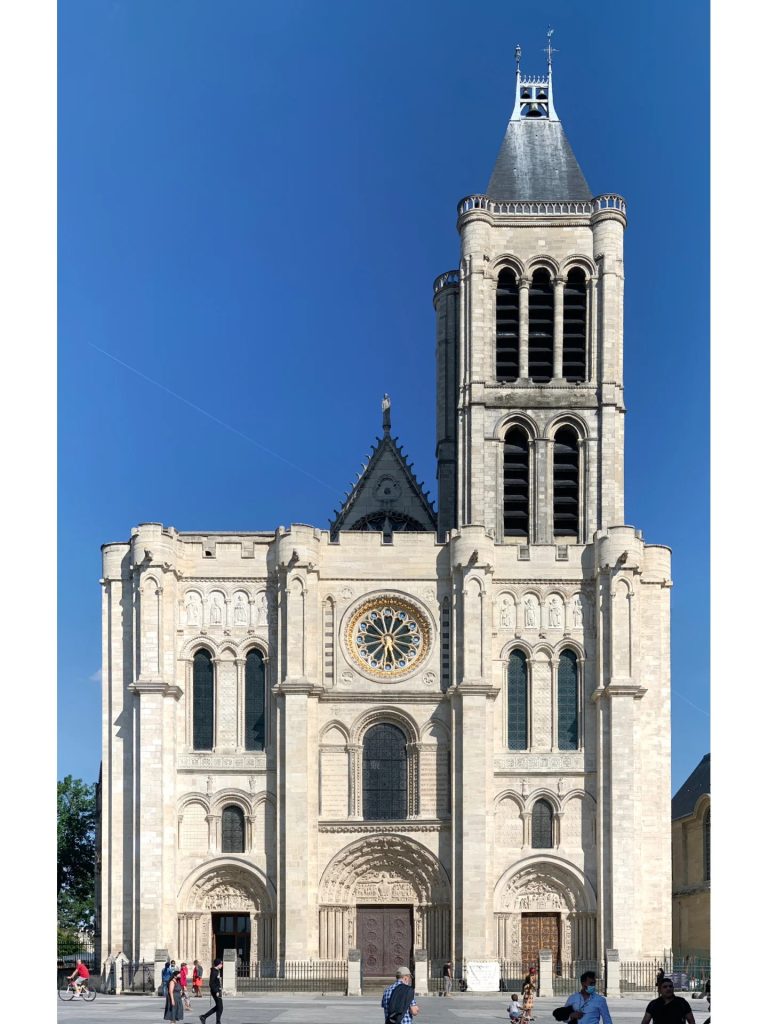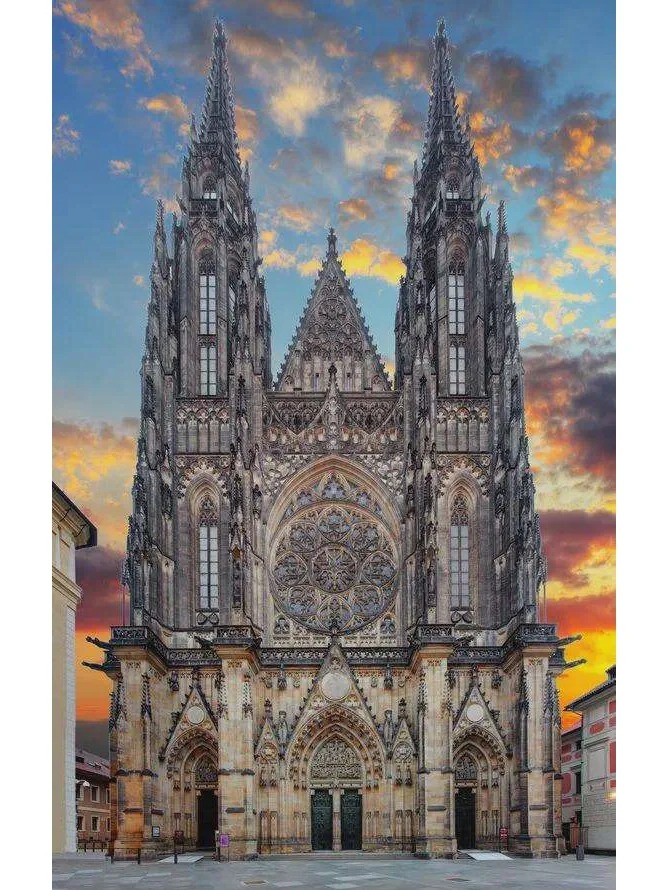Gothic architecture is a unique landscape in European culture, captivating countless tourists and art enthusiasts with its distinctive style and timeless beauty.

Originating in 12th-century France, Gothic architecture emerged as a style in the late Middle Ages. It quickly spread throughout Europe, becoming the dominant style of church architecture at the time. While its origins can be traced back to Romanesque architecture, Gothic architecture adopted new construction techniques and design principles, showcasing its unique characteristics.
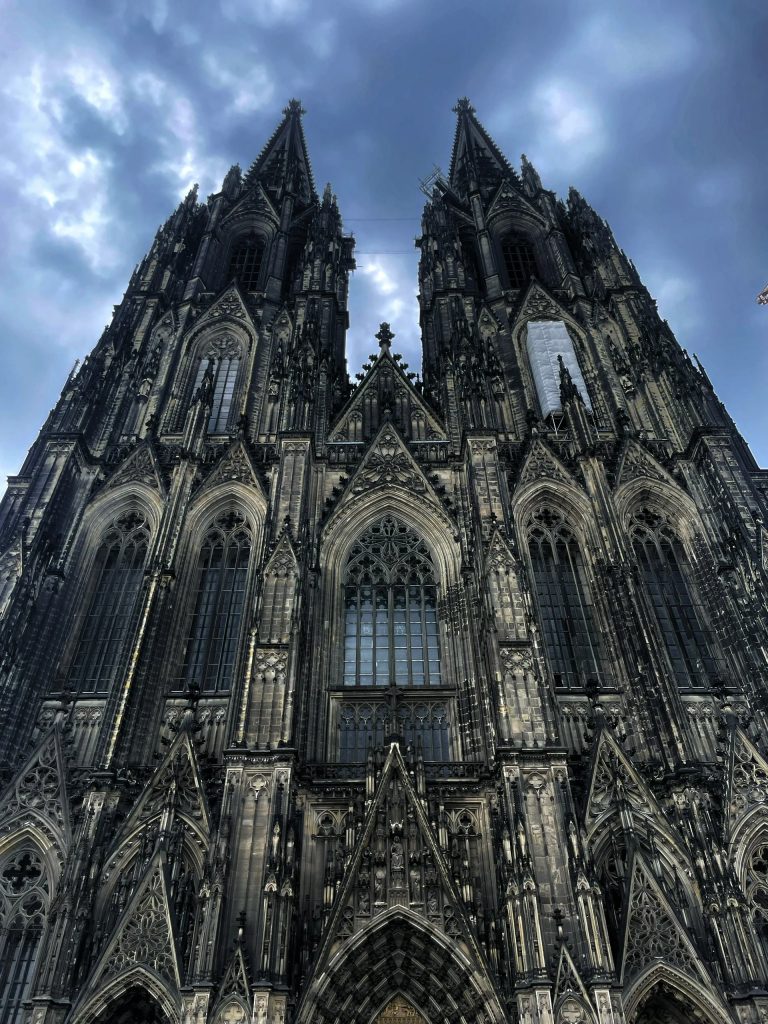
One of its defining features is the pointed spires and arches. The pointed spires symbolize the sublime pursuit of God, while the pointed arches add height and a sense of space to the buildings. Gothic architecture also incorporates decorative elements such as flying buttresses, spires, and stained glass windows, giving the structures an intricate and grandeur appearance.
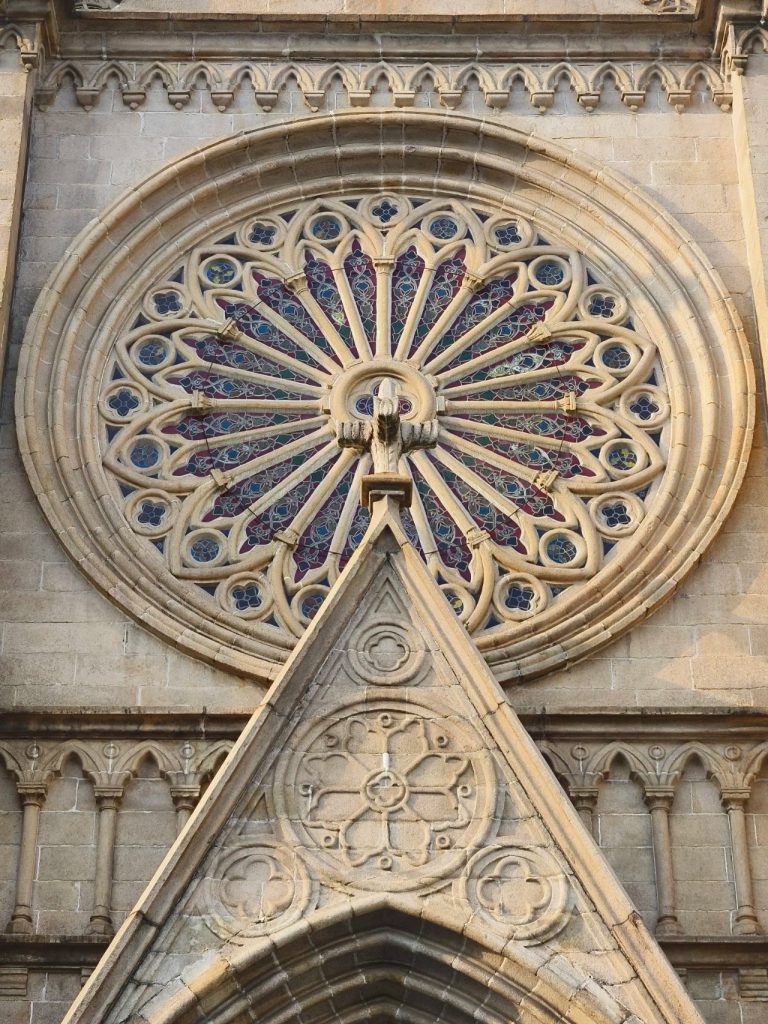
Gothic architecture plays a significant role in European culture. It is not only a representation of religious buildings but also a symbol of medieval urban development. Gothic churches and cathedrals like Notre-Dame de Paris and Cologne Cathedral have become landmarks in cities, attracting numerous tourists and pilgrims. These structures showcase human creativity, religious devotion, and are an integral part of Europe’s cultural heritage.
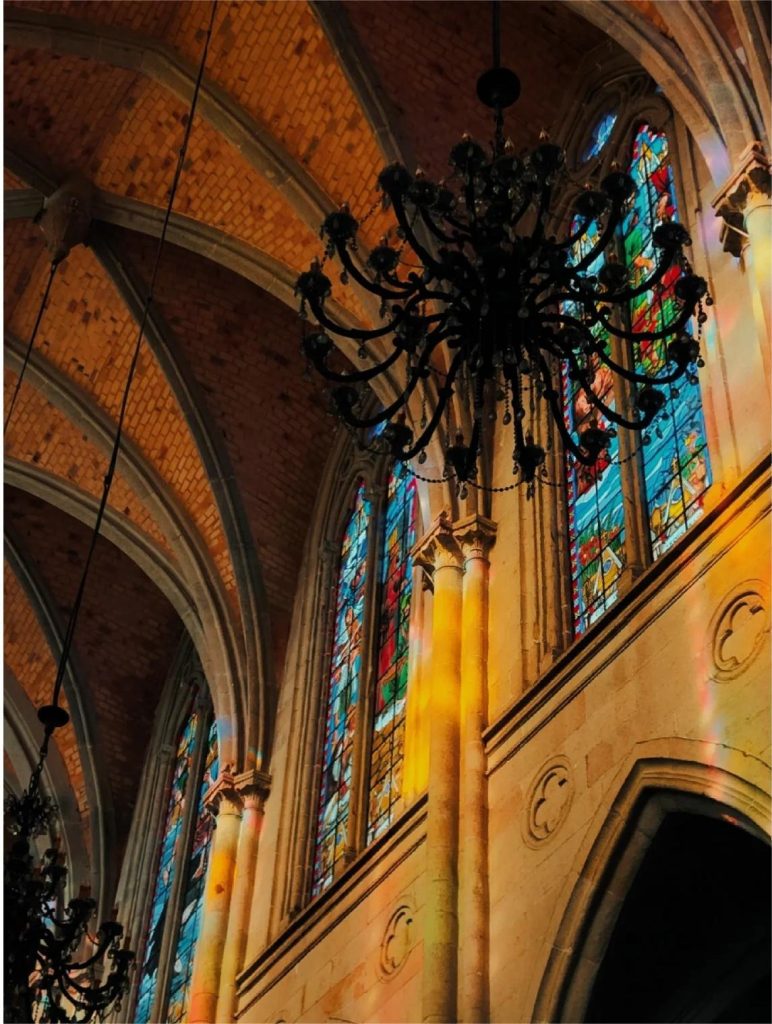
Its influence extends beyond the realm of religion and has had a profound impact on subsequent architectural styles. Architects during the Renaissance drew inspiration from Gothic architecture, creating new artistic styles. The intricate carvings and decorative elements such as flying buttresses found in Gothic architecture were continued and developed in later architectural works.
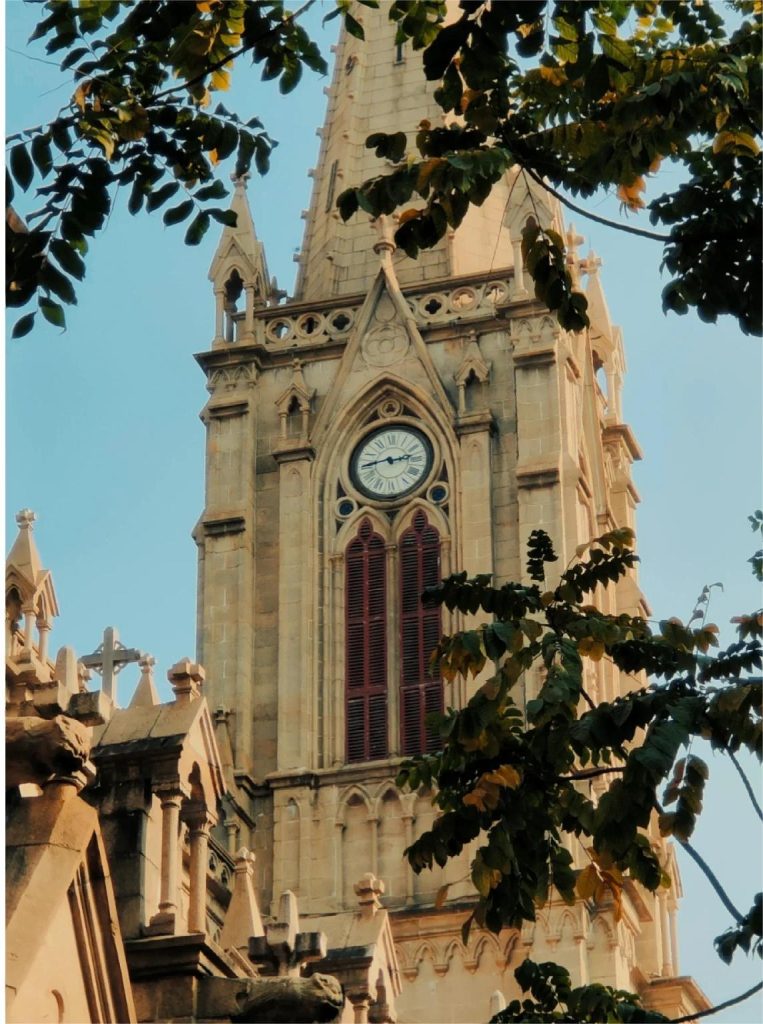
With its unique style and timeless beauty, Gothic architecture has become a distinctive feature of European culture. It not only showcases Europe’s architectural techniques and artistic achievements but also conveys people’s pursuit of beauty and reverence for God. Whether appreciating the grandeur and intricacy of Gothic architecture or exploring the cultural significance behind it, one can experience the richness and remarkable artistic achievements of European culture.
